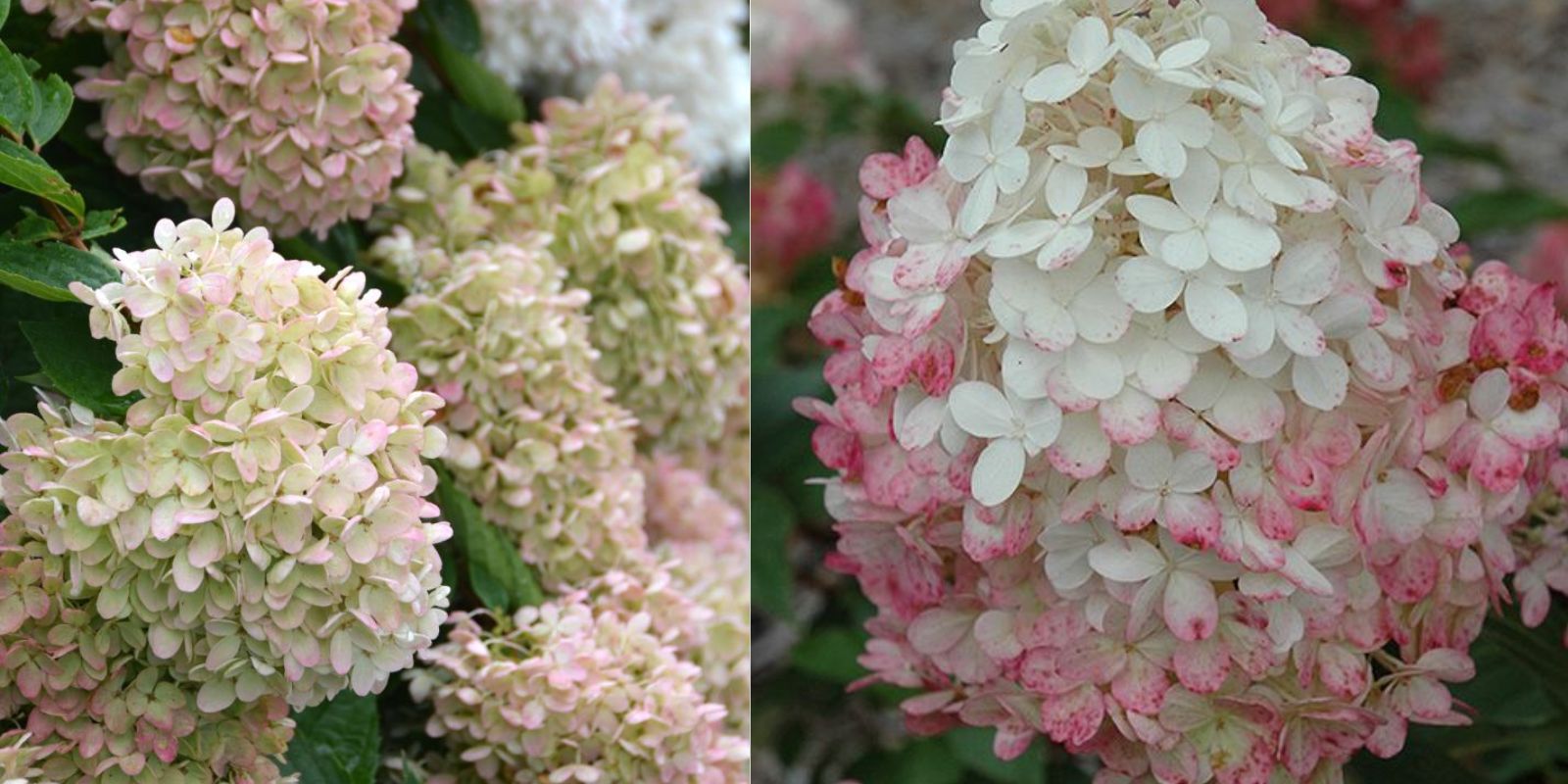Hydrangeas, specifically Hydrangea paniculata, are renowned for their striking, cone-shaped flower clusters and robust nature. Known commonly as panicle hydrangeas, these plants add a touch of sophistication to any garden with their lush blooms and versatile growing conditions. This article will guide you through the essential steps to successfully grow and care for Hydrangea paniculata, ensuring you enjoy their beauty throughout the seasons.
Introduction
Hydrangea paniculata, often referred to as the panicled hydrangea, is a deciduous shrub that can grow up to 15 feet tall and wide. Unlike other hydrangea species, it is well-suited to colder climates and can thrive in USDA hardiness zones 3 to 8. Its large, pyramid-shaped clusters of flowers typically start white and gradually turn pink or even a deep red as they mature. This transformation, combined with the plant’s hardiness and ease of care, makes it a popular choice among gardeners.
Choosing the Right Location
To begin, selecting an appropriate planting location is crucial. Hydrangea paniculata prefers a spot with partial to full sunlight. While it can tolerate some shade, optimal flowering occurs with at least 4-6 hours of direct sunlight each day. Morning sun with afternoon shade is ideal, especially in hotter climates, as it protects the plant from intense heat.
Soil Preparation
The soil is a vital component in the successful cultivation of Hydrangea paniculata. These plants thrive in well-draining, fertile soil. If your garden soil is heavy clay or sandy, amending it with organic matter such as compost will improve its structure and fertility. This species is less particular about soil pH compared to other hydrangeas, but slightly acidic to neutral pH levels (5.5 to 7) are ideal.
Planting Your Hydrangea
The best times to plant Hydrangea paniculata are early spring or fall, giving the plant time to establish roots before the extreme temperatures of summer or winter. Dig a hole that is twice the width of the root ball and deep enough so that the top of the root ball is level with the soil surface. Carefully place the plant in the hole, backfill with soil, and water thoroughly. Adding a layer of mulch around the base will help retain moisture and regulate soil temperature.
Watering Requirements
Hydrangeas are moisture-loving plants, and Hydrangea paniculata is no exception. Consistent watering is key, particularly during the first year as the plant establishes itself. Water deeply at the base of the plant to encourage deep root growth. While they prefer moist soil, it’s important to avoid waterlogging, which can lead to root rot. In periods of drought or extreme heat, additional watering may be necessary.
Fertilizing for Optimal Growth
To support the lush growth and abundant blooms of Hydrangea paniculata, fertilize in early spring as new growth begins. A balanced, slow-release fertilizer is generally suitable. Avoid over-fertilization, which can lead to excessive leaf growth at the expense of flowers. Follow the instructions on the fertilizer package for application rates, and consider a second, lighter feeding in mid-summer if the soil is poor.
Pruning Techniques
Pruning Hydrangea paniculata is essential for maintaining its shape and encouraging healthy growth. This species blooms on new wood, so prune in late winter or early spring before new growth starts. Remove any dead or damaged wood, and cut back the previous year’s growth by about one-third to encourage vigorous new shoots and larger flower clusters. Regular pruning also helps prevent the plant from becoming too leggy and improves air circulation, reducing the risk of disease.
Winter Care and Protection
In colder regions, Hydrangea paniculata requires some winter protection, especially young plants. A thick layer of mulch around the base of the plant will help insulate the roots. In particularly harsh climates, wrapping the plant in burlap can protect it from wind damage and freeze-thaw cycles. Established plants are more resilient and typically require less winter care.
Pest and Disease Management
Hydrangea paniculata is relatively resistant to pests and diseases, but it’s still important to monitor for issues. Common pests include aphids, spider mites, and scale insects. These can usually be managed with insecticidal soap or neem oil. Fungal diseases such as powdery mildew or leaf spot may occur in humid conditions or if the plant is overcrowded. Ensure good air circulation and remove affected leaves to minimize these issues.
Enjoying Your Hydrangea
The beauty of Hydrangea paniculata lies not only in its stunning blooms but also in its versatility in garden design. Whether used as a focal point, in borders, or as a hedge, its vibrant flowers bring life to any landscape. The blooms also make excellent cut flowers, both fresh and dried, extending their beauty into your home.
Conclusion
Growing Hydrangea paniculata is a rewarding experience that offers year-round interest and stunning floral displays. By choosing the right location, preparing the soil, and providing appropriate care through watering, fertilizing, and pruning, you can ensure your hydrangeas thrive and beautify your garden for years to come. Share your experiences and tips on growing this magnificent plant, and let’s celebrate the joy of gardening together!

